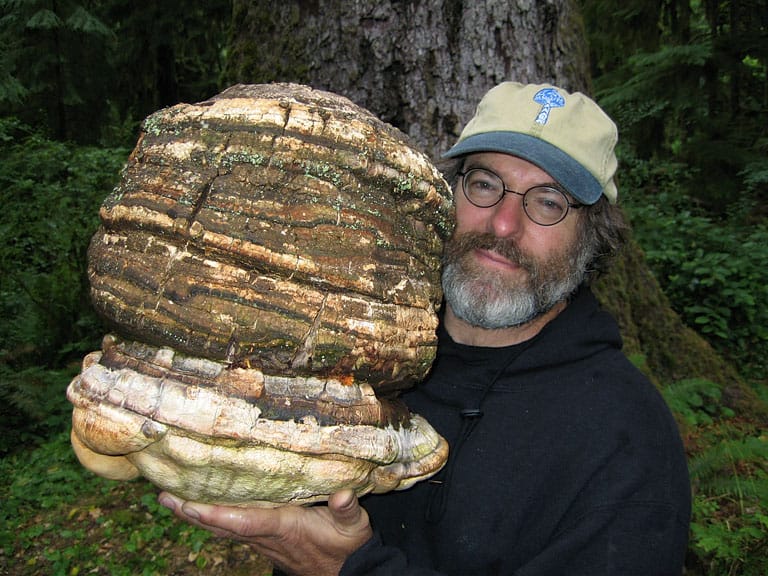
Paul Stamets: the Modern-Day Terence McKenna?
Psychonauts, mycologists, philosophers, daydreamers, and nature enthusiasts are all most likely to be aware of Terence McKenna. McKenna was one of the most revered psychedelic
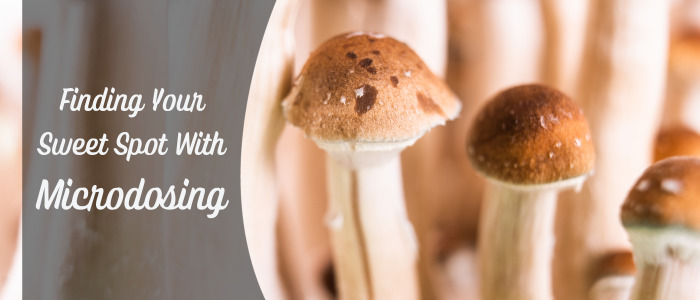
Microdosing has recently gained popularity as an effective way to enhance one’s life through boosted creativity, focus and overall well-being! The list of benefits is much longer than that but these are the most commonly reported benefits (so far).
However, with the lack of regulatory oversight for microdosing, it can be challenging to know where to start or how to approach this practice. That’s why, at Journey, we believe that it’s essential to provide individuals with an informed approach and the know-how on this endlessly unique practice.
In this article, we will explore the benefits of microdosing, the different types of psychedelics used and how to determine the right dosage for your needs. We will also provide a suggested microdosing schedule and offer insights to help ensure your journey is optimized to the fullest!
Microdosing is a practice that results in personal transformation, offering fresh perspectives and unlocking of full potential. Are you ready to further optimize your practice? Let’s dive into the basics!
Ultimately, microdosing is the act of taking very small doses of a substance – typically and most commonly a psychedelic substance like LSD (lysergamide) or psilocybin (mushrooms or truffles) with the intention of getting some of the benefits that come with it.
The amounts that are taken in microdosing are never high enough to cause any form of intoxication, but enough to enhance certain qualities such as creativity, focus, empathy and much more. To give you an idea of how small a microdose is, note that a typical ‘full dose’ of LSD is 100mcg, while a typical ‘microdose’ of LSD is between 5-10mcg. It is only a small fraction of a full dose, meaning you can not only get on with your daily tasks but exceed them.
This practice has gained popularity in recent years, although the history of microdosing started many years ago. As people have come to recognize its potential benefits and the word spreads, more and more individuals are curious enough to try it for themselves. The results are fascinating and positive! Microdosing is often used as a way to enhance cognition, boost creativity, and increase empathy. In some cases, it has even been able to relieve some symptoms of anxiety and/or depression for some individuals.
The two most used and suitable psychedelics for microdosing are LSD and psilocybin, which are found in magic mushrooms and magic truffles. LSD is commonly used to improve creativity, problem-solving abilities and focus. On the other hand, psilocybin is known to enhance empathy, mood and general well-being. While they both have the same set of benefits, one can be better suited if you are seeking out specific benefits. Better yet, you can alternate which substance you use depending on the dose day! Of course, never take both on the same day but you can use LSD one week and psilocybin the next.
For example, I personally microdose LSD when I have short deadlines to meet, a longer task list than usual and many things on my plate at once. It helps me feel more energized and I am able to function more efficiently and maintain greater focus, which is essential for busy periods. On the other hand, I prefer to microdose with magic truffles (psilocybin) when I am looking to tap into my creative, spiritual side. It is great for self-reflection! I guess you could say I microdose LSD to mentally speed things up and I microdose to mentally slow things down. The perfect yin and yang!
Essentially, the choice between LSD and psilocybin for microdosing will depend on the intended purpose and personal preference. Always experiment with your doses to find your very own sweet spot. When it comes to the amount of the dose itself, always start small and work your way up until you find a good middle ground. Avoid over-stimulation by making sure you are not consuming other stimulating products alongside your microdoses on dose days. Love coffee but it makes you anxious when you do? Swap it for a matcha on your dose day and see if that helps! Experiment, listen to your body and make the adjustments necessary.
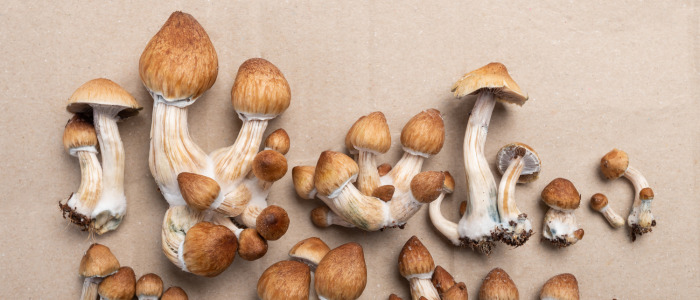
Okay, finally! Let’s have a look at how often you should microdose. When it comes to microdosing, there is no definitive answer to how often to do it. Some people prefer to microdose every few days on a strict schedule, while others microdose once or twice a month at random. It’s important to remember that microdosing should never be done on consecutive days as it can lead to the buildup of tolerance to the substance, even in such tiny doses!
As we always say, it’s important to note that the effects of microdosing vary from person to person, and what works for one person may not work for another. However, if you’d like to be on a steady microdose schedule we recommend taking at least one or two-day breaks between microdose sessions. At Journey, we suggest a microdosing schedule for those looking to microdose on a regular basis for brain health, mental health and/or performance. This schedule involves taking a microdose on the first day, followed by two days off. We call the days when you take a microdose a ‘dose day’ and a day when you do not microdose a ‘baseline day’.
Here’s how said schedule works:
Day 1: Microdosing (dose day)
Day 2: Day off (baseline day)
Day 3: Day off (baseline day)
Repeat!
This schedule is designed to prevent the buildup of tolerance that can occur with many substances, even at microdoses. By taking two days off in between dosing days, the body can reset and the full effects of the microdose can be felt without diminishing returns. By following a suggested microdosing schedule, microdosing can be a beneficial way to achieve an improved life in various aspects.
It’s important to note that the schedule can be altered to fit individual needs or preferences. Some people may find that they need to microdose more frequently, while others may only need to microdose on occasion. No matter the schedule, it’s important to keep in mind how the body reacts to microdosing and adjust accordingly.
For example, some attendees at Universities often choose to only microdose during exam season when they need to study for hours on end, using as much brain power as possible. This is a great example of a lifestyle and microdosing motive that does not require a solid schedule! Microdosing is for all kinds of different individuals with different lifestyles. That being said, everyone has their own needs for the practice.
At Journey, we believe that microdosing is an exciting tool for levelling up and making the space inside your head a more enjoyable place to be.
I hope that this article has provided you with a solid foundation for understanding what microdosing is, how to choose the right substance, and how often to microdose effectively. We believe that microdosing can offer a whole host of new positive changes to one’s life when applied mindfully and with care.
So go ahead and take the first step on this exciting journey! Ensure to take a thoughtful approach and a positive attitude, and most importantly: make sure you understand that most work happens outside of the dose. The dose is just a tool to help you get to where you wish to be, not a magic pill that will fix all of your problems for you. True change comes from within and a collective approach always wins! Happy dosing!
Click here to start your microdosing journey today!

Psychonauts, mycologists, philosophers, daydreamers, and nature enthusiasts are all most likely to be aware of Terence McKenna. McKenna was one of the most revered psychedelic
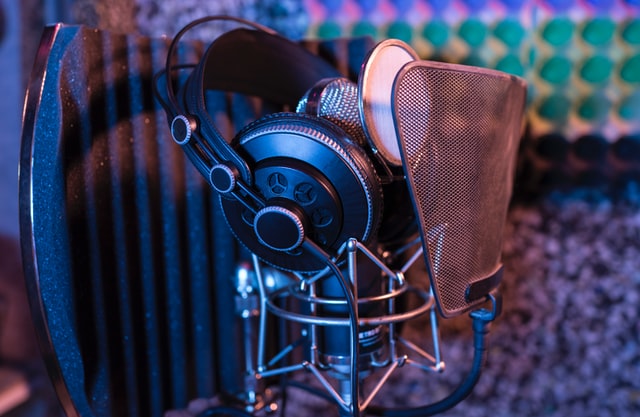
“Welcome to the world of Microdosing” In a galaxy far far away (P.S. J.K., I mean the earth), human beings have found a way to

With today’s busy world, you’d be hard-pressed to find someone that couldn’t do with better cognitive processes and vitality. However, did you know that you
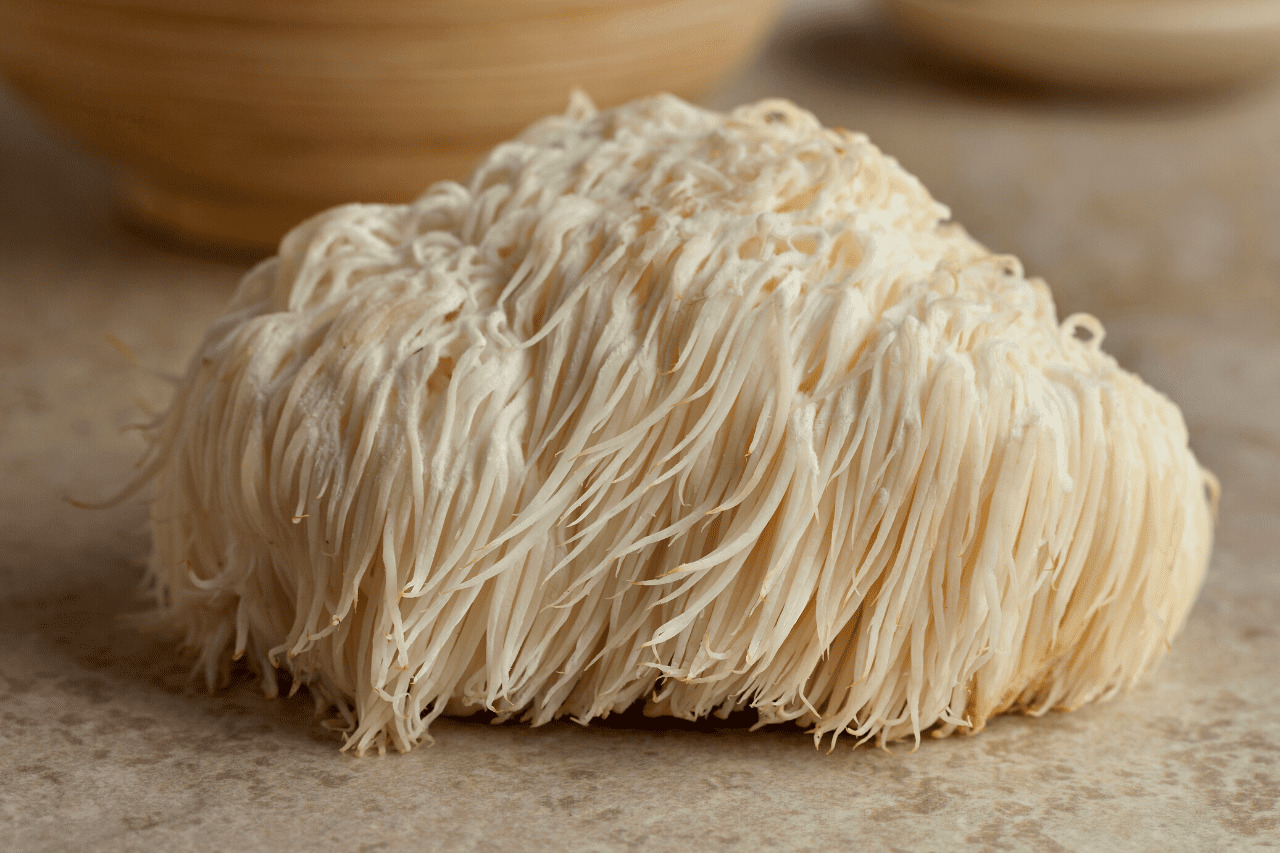
Have you been microdosing for a while and would like to take things to the next level? When travelling down the microdosing rabbit hole, you
Microdosing and Silicon Valley? Those unfamiliar with microdosing may find that the term conjures up images of mushroom-munching hippies with long hair. However, microdosing has
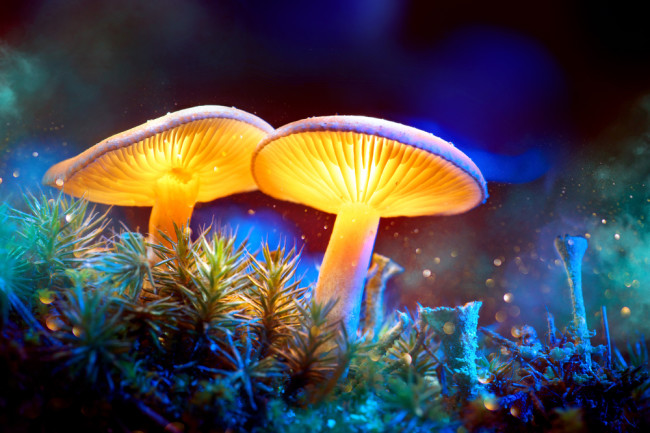
What are truffles? Magic truffles are a species of psilocybin mushrooms. However, technically by law they are not placed in the same category as ‘mushrooms’.
GET 10% DISCOUNT WITH NOTIFIED ABOUT THE LATEST NEWS AND UPDATES. NO SPAM, WE PROMISE!
FREE Tracked shipping on orders over €250 to EU countries.
Monday- Friday 8.30am- 5pm (CET)
A range of options available
Guaranteed delivery or your money back